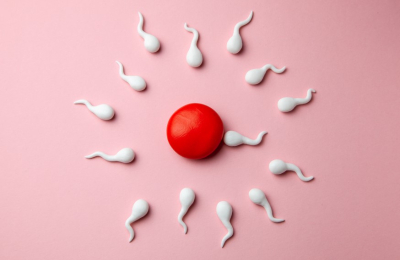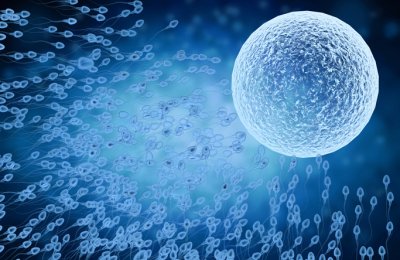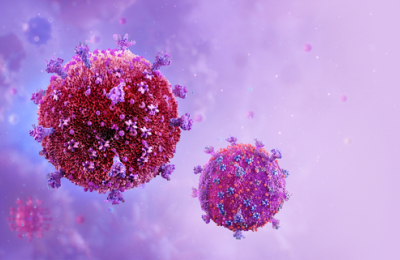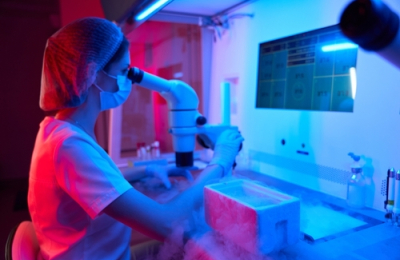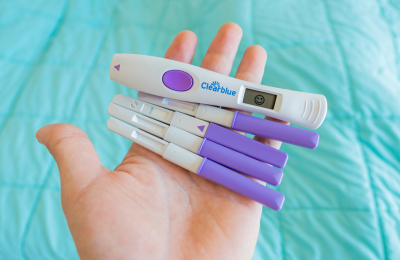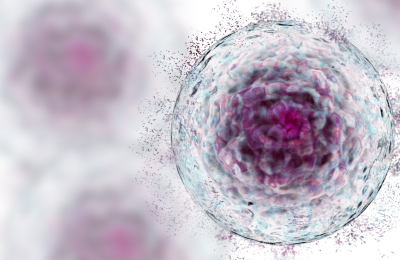
Sperm bound to a protein indicating high levels of sperm DNA fragmentation can be separated from a sample using immunomagnetic cell sorting.
Increased levels of epididymal sperm-binding protein I (ELSPBPI) have been found in human ejaculates with high sperm DNA fragmentation (SDF). Brazilian scientists carried out a study of 133 patients to confirm the presence and localisation of ELSPBPI in human sperm and separate the sperm into different fractions, those exhibiting binding to ELSPBPI and those unbound.
Their findings, published in the journal Human Reproduction, showed levels of ELSPBPI were around ten times higher in sperm with high SDF (as assessed using the COMET test) and binding was localised to the sperm head. A magnetic immunological cell sorting system was used to separate sperm samples into two fractions. As the sperm was passed through a magnetic column, sperm bound to ELSPBPI remained in the column while unbound sperm passed through. The sperm population with no ELSPBPI binding, had a significantly lower SDF compared to those bound.
It is hoped this research may lead to a new method of sperm selection for patients undergoing IVF treatment, although further studies are required to assess the downstream effects of ELSPBPI as well as the clinical effectiveness of the selection method.
References:
- L B Belardin, M P Antoniassi, M Camargo, P Intasqui, R P Bertolla, Separating the chaff from the wheat: antibody-based removal of DNA-fragmented sperm, Human Reproduction, Volume 38, Issue 2, February 2023, Pages 204–215, https://doi.org/10.1093/humrep/deac260





















